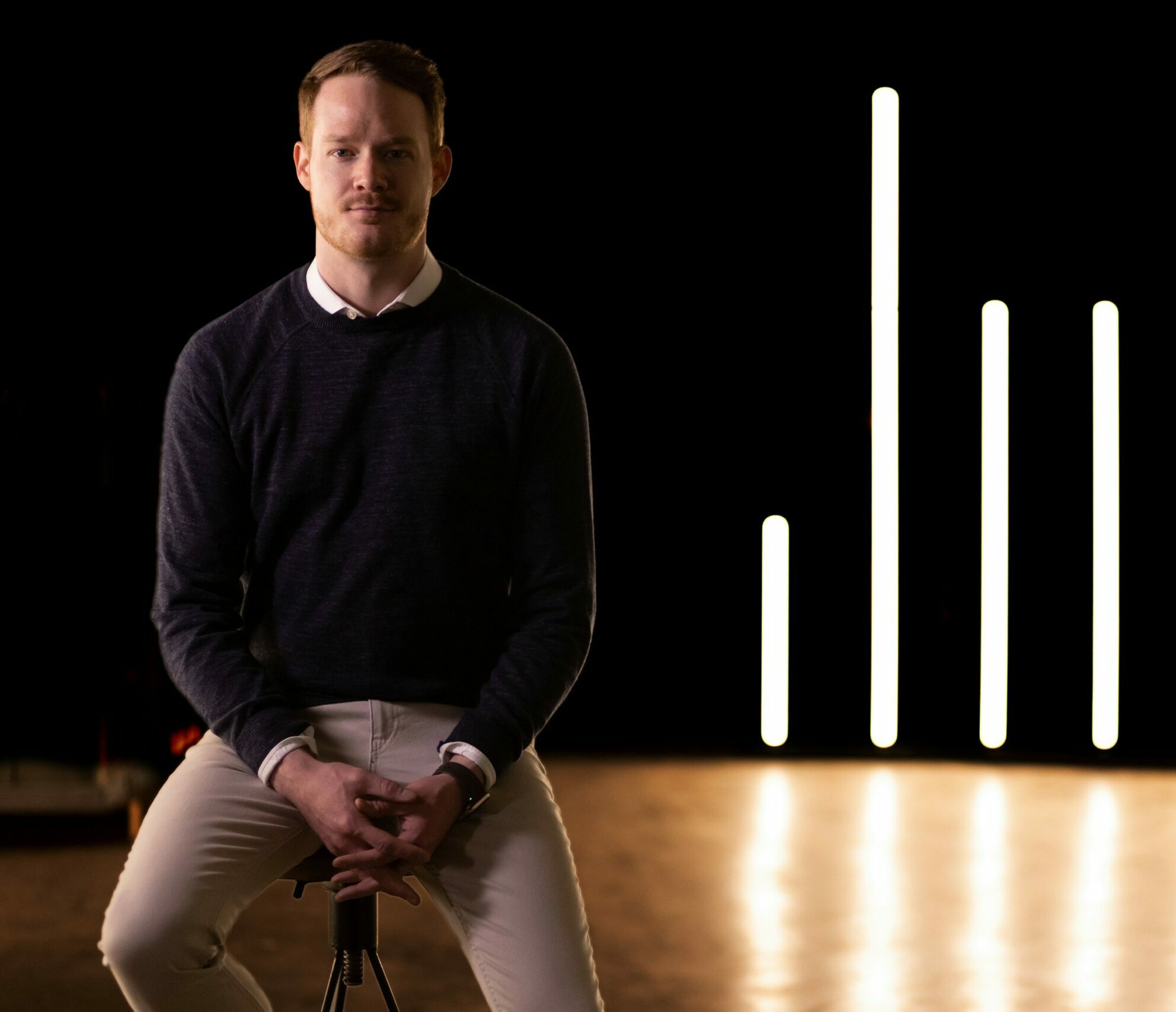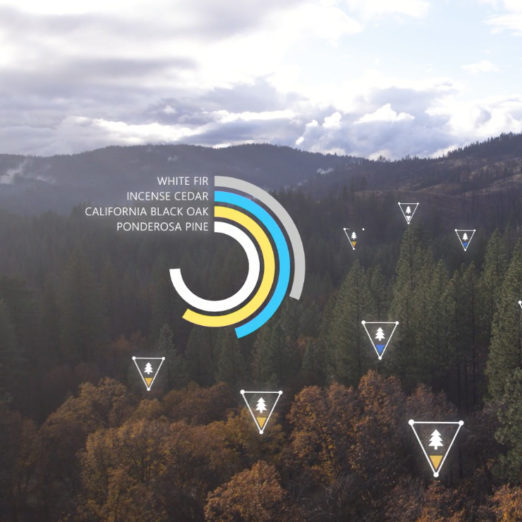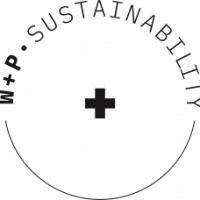Given Wild + Pine’s position in the environmental restoration industry in Alberta, we recognize that we are uniquely suited to contribute more directly to the sustainable use and recovery of Canadian landscapes. In early 2020, we began the journey to complete our first W+P Sustainability project to establish a position for Western Canada as a leader in restoring Canada’s natural landscapes, ensuring that future generations can enjoy the biodiversity and habitats that have been affected by the cumulative effects of our economic activity.
We define our sustainability projects as those that are voluntary and completed outside of regulatory and/or compliance frameworks. The voluntary approach faces 3 main challenges for implementing afforestation projects: Land, Money, and Supply chain.
The first obstacle was to find an appropriate project site. We found a natural partner in the Nature Conservancy of Canada as their mission to Conserve land offers a perfect complement to our efforts in restoring land. We were able to identify a parcel of land in the Red Deer Conservation Area, owned jointly by the NCC and Alberta Fish and Game Association. The 113-acre property was historically used as pastureland and had approximately 62 acres of cultivated area slated for restoration using afforestation practices.
The next challenge lay in establishing a supply chain for biological materials that ensure the representative biodiversity could be achieved given the specific regional needs. Most of the supply of tree and shrub seedlings is consumed by the regional energy and forestry compliance market and is planned a year or two ahead of the planting season. We were able to leverage Wild + Pine’s Bioprism Advanced Vertical Greenhouse to meet most of the supply need, topped off by our friends at Boreal Horticulture. Having our own integrated supply chain allowed us to execute the project over a shorter time span with an accelerated growing cycle, and to control the growing parameters to condition the seedlings being deployed into potential drought conditions.
Last came financing; these projects take a significant amount of planning, labour, and materials. In the compliance world, these costs are covered by proponents with a legal responsibility. In the voluntary world, these projects typically rely on charity and organizations with strong social initiative. As a newly certified B-Corporation, we couldn’t think of a better way to engage this impact-driven business community to help advance this project – and naturally, the project was named “Forest B”. The concept was simple: many hands make light work. By engaging an array of different organizations, this project became a community effort through sponsorships of trees planted in the future forest. At the end of our inaugural Forest B campaign, 33 Canadian B Corps were on board sponsoring the planting of 52,000 trees, with an additional 5,000 to be planted in 2022.
Forest B was just the start for our sustainability operations. Looking to the future, we are asking ourselves and the global business community – are the social benefits good enough? How do we effectively leverage the carbon markets to fund projects and develop natural assets? How can we provide education surrounding emissions, offsets, and removals? Are there enough trees seedlings, and is there enough land to achieve a meaningful scale of nature-based pathways? We feel we’re well on our way to answering all these questions.
- CK






